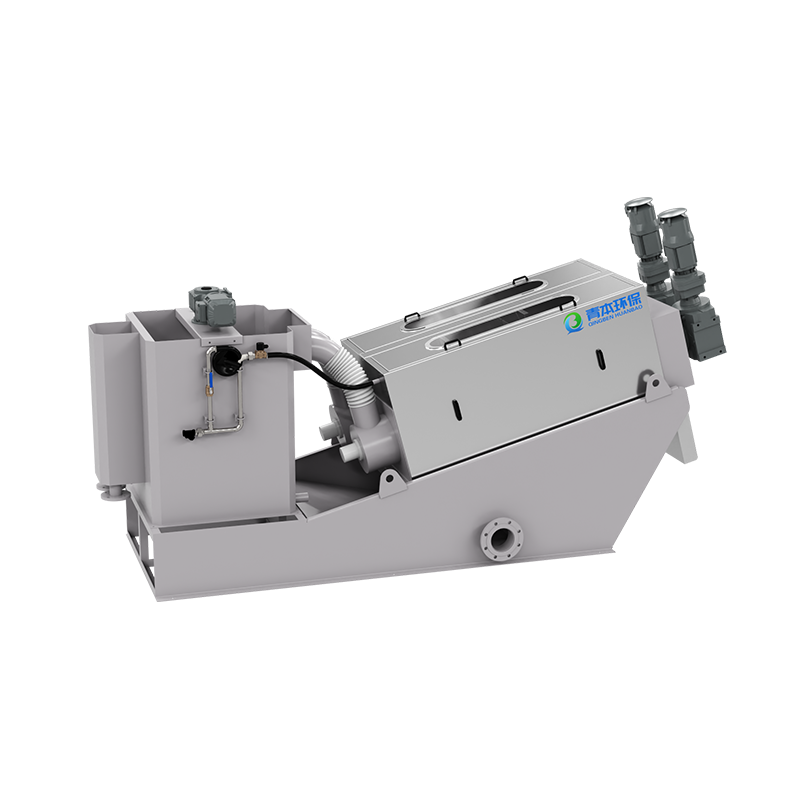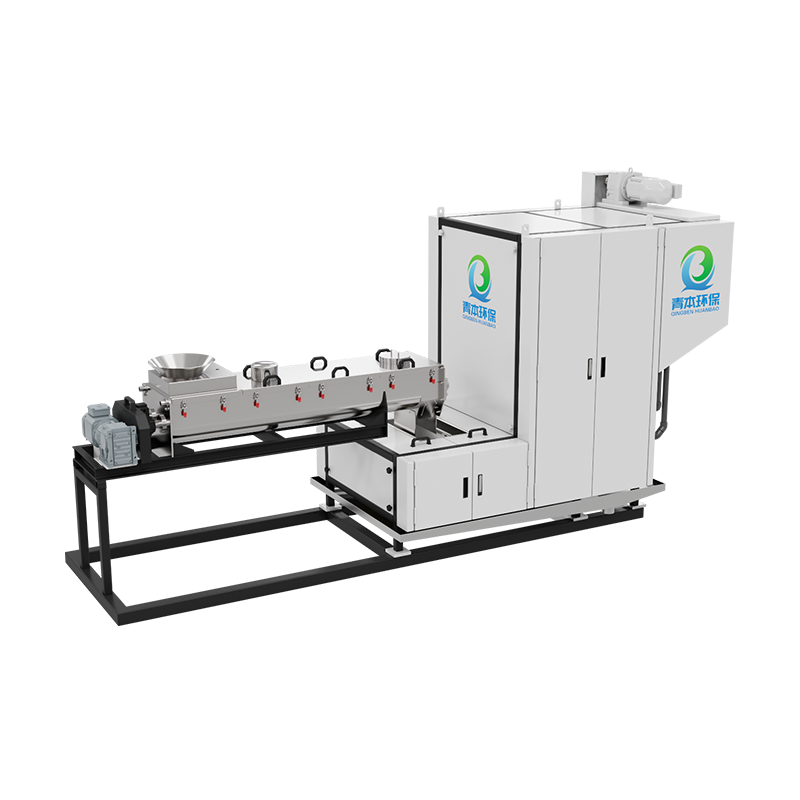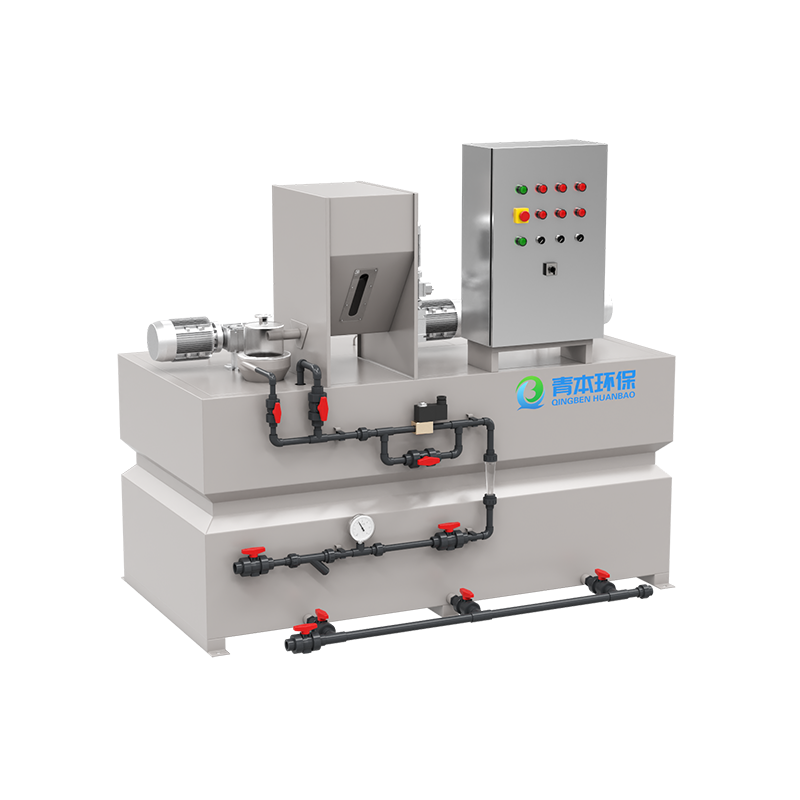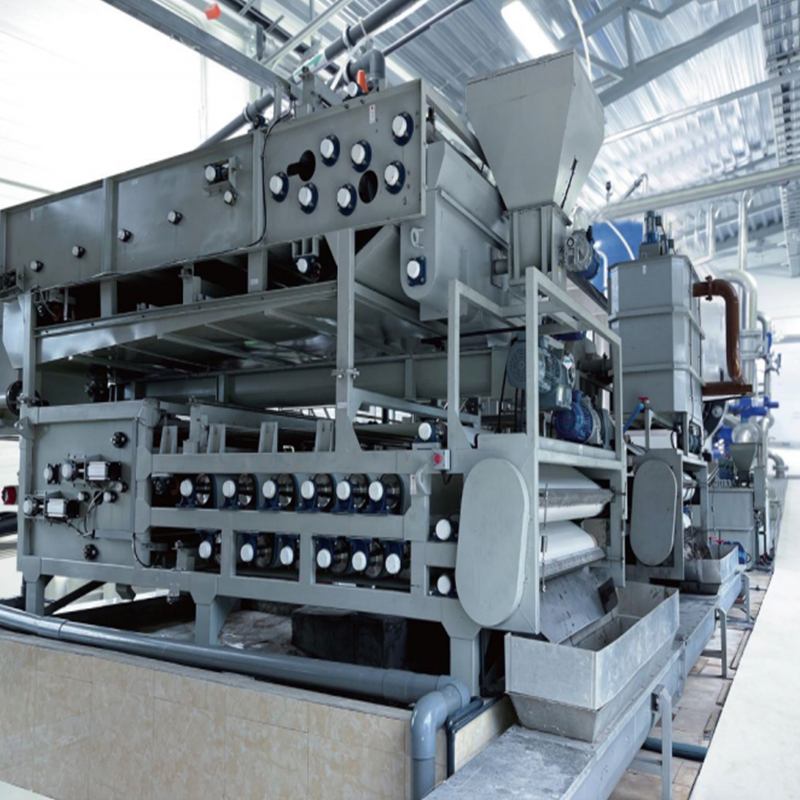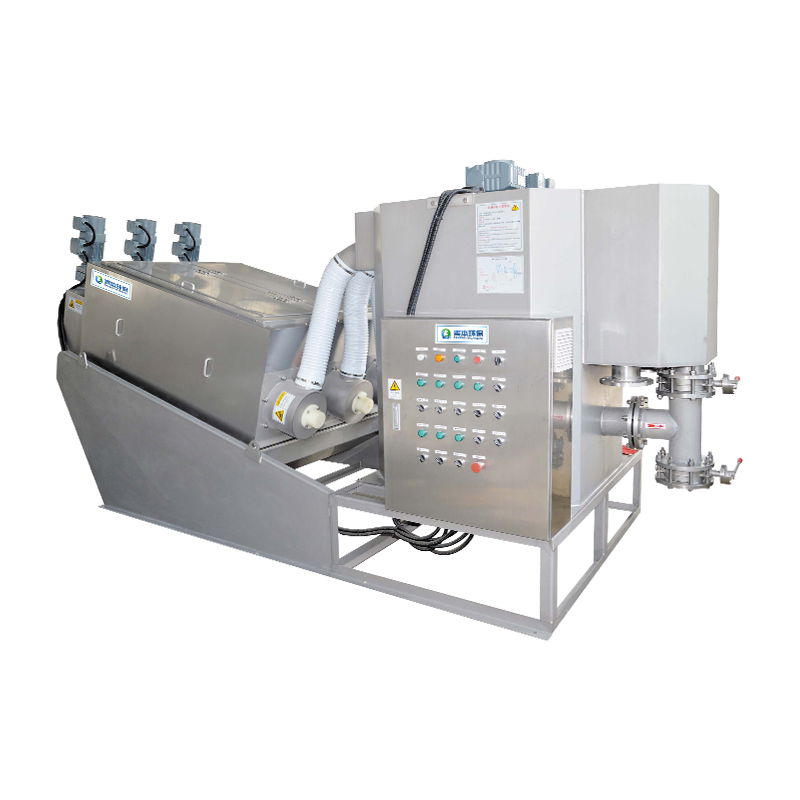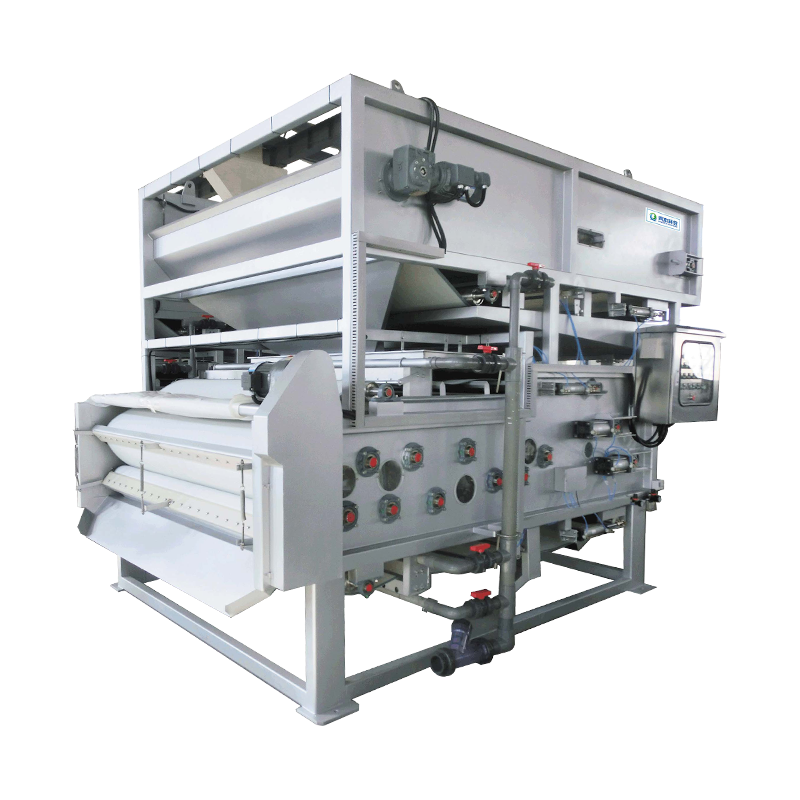1. Working principle of integrated dosing devices in water treatment
During the water treatment process, the integrated dosing device ensures the accurate use of reagents, improves treatment efficiency and reduces operating costs through the three core functions of automatic dispensing, precise dosing and intelligent adjustment. Its working principle is as follows:
- Reagent storage and dissolution
Solid reagents enter the dissolution tank through a vacuum feeder or a screw conveyor, and liquid reagents are directly pumped in.
The stirring system (such as an electric stirrer or hydraulic stirring) fully mixes the reagents with water to avoid agglomeration and form a uniform solution.
The heating device (optional) can accelerate dissolution and prevent crystallization of reagents in low temperature environments.
- Concentration adjustment and metering
The system automatically adjusts the amount of water added according to water quality parameters (such as pH, turbidity, COD, etc.) to prepare different concentrations of liquid medicine (such as PAC solution is usually 5%-15%).
High-precision metering pumps (such as diaphragm pumps and screw pumps) add reagents according to the set flow rate, and the error can be controlled within ±3% to ensure accurate dosage.
- Intelligent control and feedback
The water quality is monitored in real time through online water quality sensors (such as pH meters, ORP meters, and turbidity meters), and feedback is sent to the PLC control system to dynamically adjust the dosage.
For example: in sewage treatment, if the turbidity increases, the system automatically increases the PAC dosage to optimize the flocculation effect.
- Safety protection and alarm
Low liquid level alarm: When the reagent is insufficient, the sound and light alarm is triggered to remind you to replenish it.
Fault self-check: If the pipeline is blocked or the pump is abnormal, the system automatically shuts down and alarms to avoid equipment damage.
- Dosing method
Direct addition: The liquid medicine is transported to the reaction tank, sedimentation tank or circulating water system through a pipeline.
Online dilution (optional): High-concentration liquid medicine is diluted and then added, which is suitable for scenes that are sensitive to concentration.
2. The core advantages of the integrated dosing device
Fully automatic operation - integrates dosing, dissolution, stirring and injection, reducing manual intervention and improving operation stability.
Intelligent concentration adjustment - the amount of water added is adjustable, and different concentrations of liquid medicine can be accurately prepared to meet different process requirements.
Anti-caking design - dry pouring machine and heating device effectively prevent the agglomeration of the agent and ensure uniform dosing.
Low liquid level alarm - automatic alarm when the powder or liquid agent is at low liquid level to avoid the risk of drug shortage.
Modular selection - can be matched with vacuum feeder and online dilution system according to needs to adapt to different working conditions.
Corrosion-resistant material - the tank body can be selected from 304 stainless steel, PP polypropylene, FRP, etc., to adapt to harsh environments such as acid, alkali, and high salt.
3. Key applications of integrated dosing device
Wastewater treatment - accurate addition of flocculants such as PAC and PAM to improve sludge dewatering efficiency.
Industrial circulating water - automatic dosing of corrosion inhibitors and scale inhibitors to prevent scaling and corrosion of pipelines.
RO reverse osmosis system - precise control of scale inhibitors and reducing agents to extend membrane life.
Food/pharmaceutical industry - automated proportioning of disinfectants and pH regulators to ensure production safety.
4. Why are traditional dosing methods eliminated?
Manual dosing - inaccurate proportions, which can easily lead to waste of agents or substandard treatment effects.
Mechanical stirring and dissolution - easy to agglomerate, low agent utilization.
No automatic alarm - high risk of drug shortage, which may affect the stable operation of the system.






